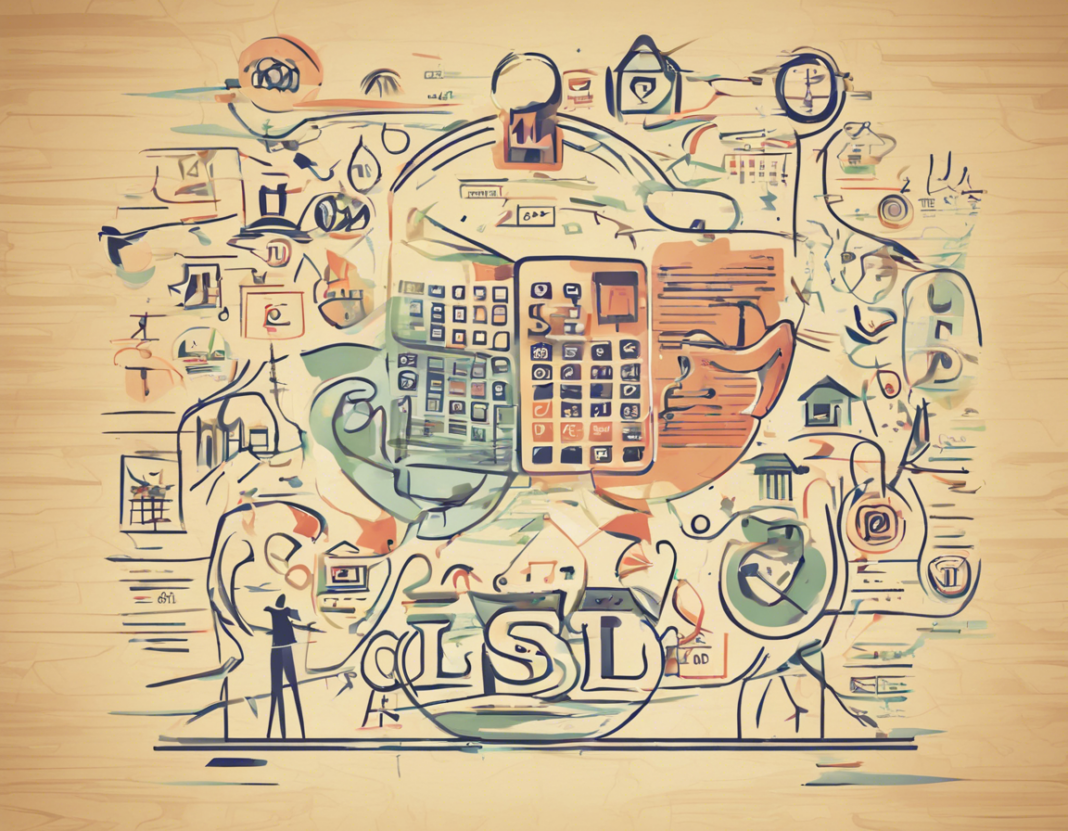Introduction
The Lean Six Sigma (LSS) methodology has become increasingly popular across industries due to its focus on enhancing processes, reducing waste, and improving overall efficiency. One of the pillars of LSS is the achievement of desired results, often measured through the concept of Lean Sigma Success (LSS).
Understanding Lean Sigma Success (LSS)
At its core, LSS is a data-driven approach that aims to eliminate defects and errors in processes while maximizing efficiency and value creation. The concept of Lean Sigma Success is the tangible outcome of implementing LSS principles within an organization. This success is usually measured through various metrics such as cost savings, improved quality, reduced cycle times, increased customer satisfaction, and enhanced profitability.
Key Components of LSS Result 2024
In LSS Result 2024, several key components play a crucial role in determining the overall success of the methodology:
1. Leadership Commitment: One of the most critical factors in achieving LSS Result 2024 is strong leadership commitment. Leaders must champion the LSS initiative, allocate resources, provide support to project teams, and drive a culture of continuous improvement throughout the organization.
2. Employee Engagement: Engaging employees at all levels is essential for the successful implementation of LSS. By involving employees in improvement projects, organizations can tap into their frontline expertise, foster a culture of collaboration, and drive sustainable change.
3. Data-Driven Decision Making: Data is at the heart of LSS. Organizations must collect, analyze, and act on data to identify root causes of problems, measure process performance, and track improvement progress. Data-driven decision making is crucial for achieving LSS Result 2024.
4. Continuous Improvement: LSS is a journey, not a destination. To sustain LSS Result 2024, organizations must commit to continuous improvement. By regularly reviewing processes, identifying new opportunities for optimization, and adapting to changing business environments, organizations can ensure long-term success.
5. Customer Focus: Ultimately, the goal of LSS is to deliver value to customers. Organizations that prioritize customer needs, gather feedback, and align improvement efforts with customer expectations are more likely to achieve LSS Result 2024.
Frequently Asked Questions (FAQs)
1. What is Lean Six Sigma?
Answer: Lean Six Sigma is a methodology that combines traditional Lean principles with Six Sigma tools to improve processes by reducing defects, eliminating waste, and increasing efficiency.
2. How is Lean Sigma Success (LSS) measured?
Answer: LSS success is typically measured through metrics such as cost savings, improved quality, reduced cycle times, increased customer satisfaction, and enhanced profitability.
3. Why is leadership commitment important for achieving LSS Result 2024?
Answer: Leadership commitment is crucial as it sets the tone for the entire organization, provides resources and support for LSS initiatives, and drives a culture of continuous improvement.
4. How can organizations engage employees in LSS initiatives?
Answer: Organizations can engage employees by involving them in improvement projects, providing training on LSS principles, recognizing and rewarding contributions, and fostering a culture of collaboration.
5. What role does data play in Lean Sigma Success?
Answer: Data is essential for LSS as it helps organizations identify root causes of problems, measure process performance, track improvement progress, and make informed decisions based on evidence.
Conclusion
In conclusion, LSS Result 2024 is achievable for organizations that embrace the principles of Lean Six Sigma, prioritize continuous improvement, engage employees, and focus on delivering value to customers. By incorporating key components such as leadership commitment, employee engagement, data-driven decision making, continuous improvement, and customer focus, organizations can unlock success and reap the benefits of Lean Sigma Success.
